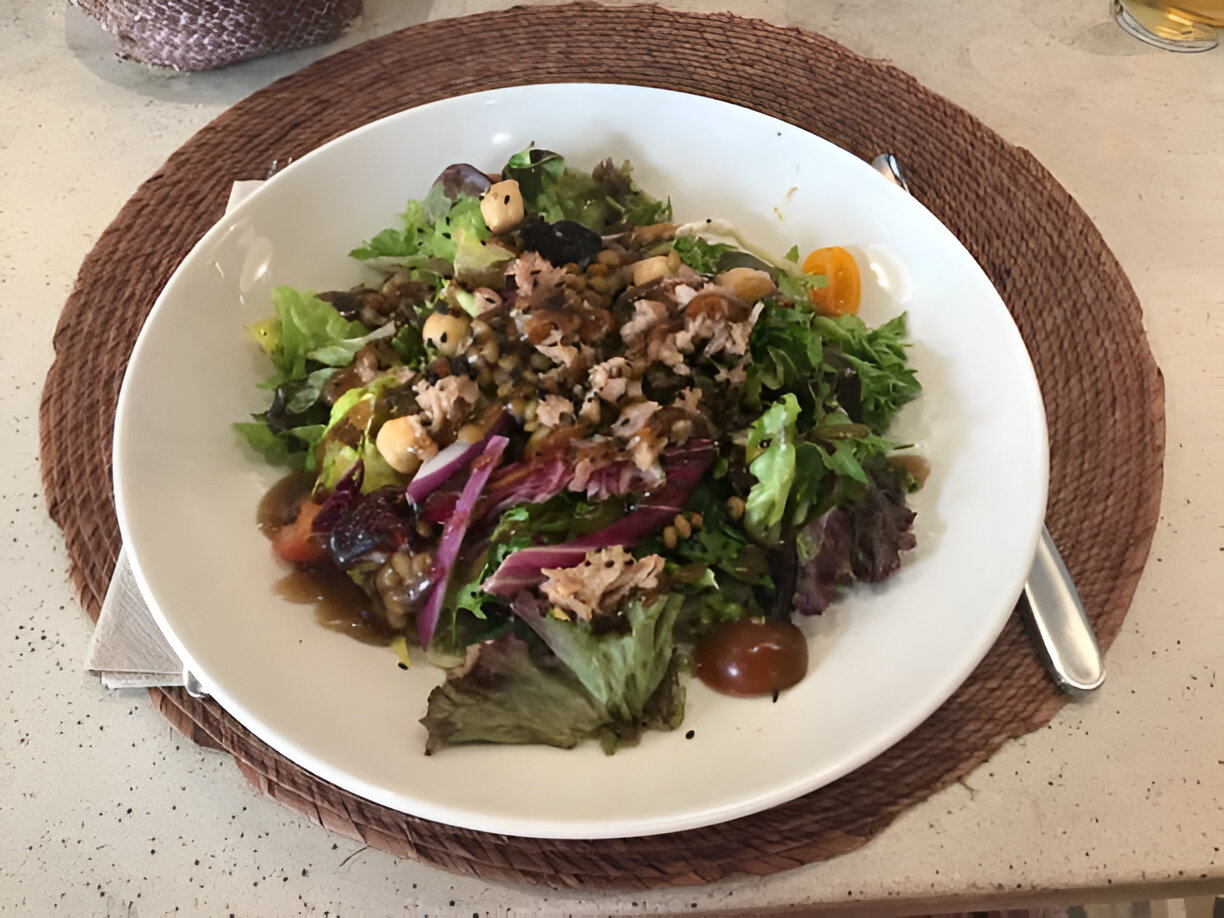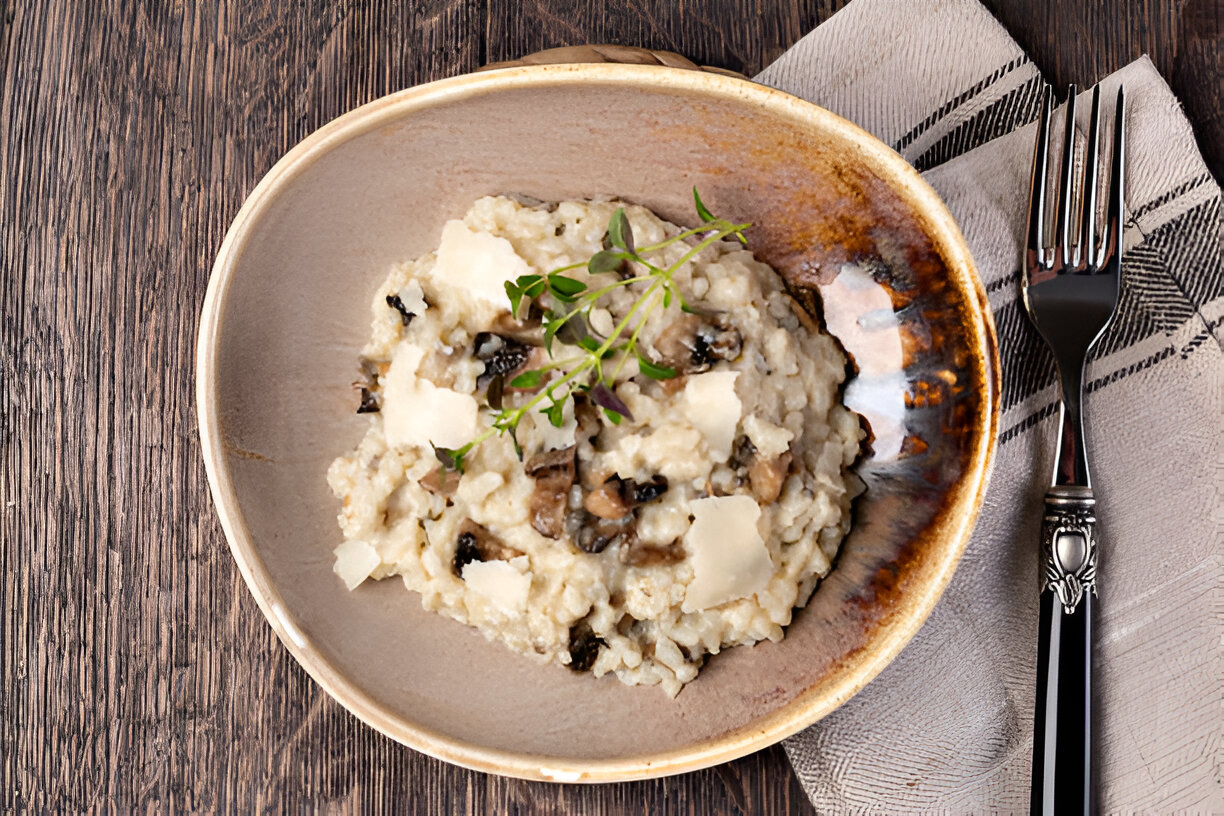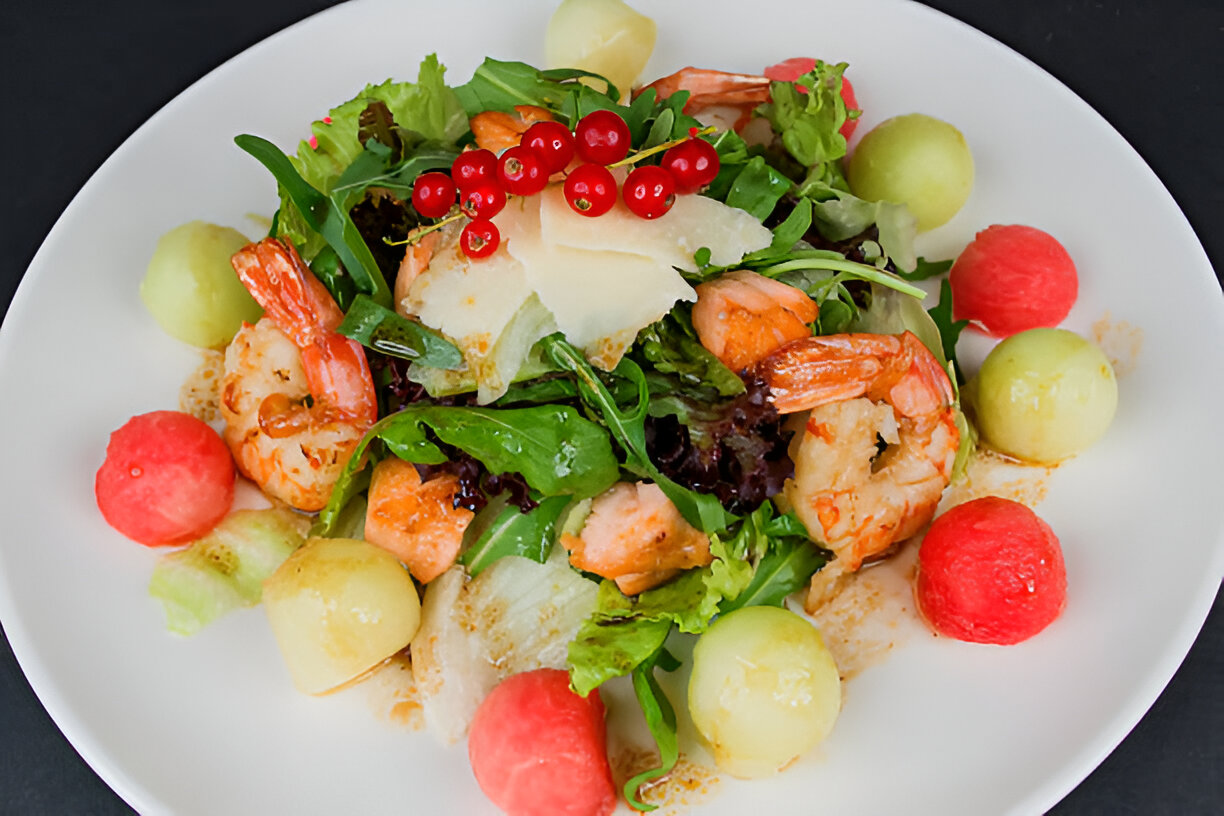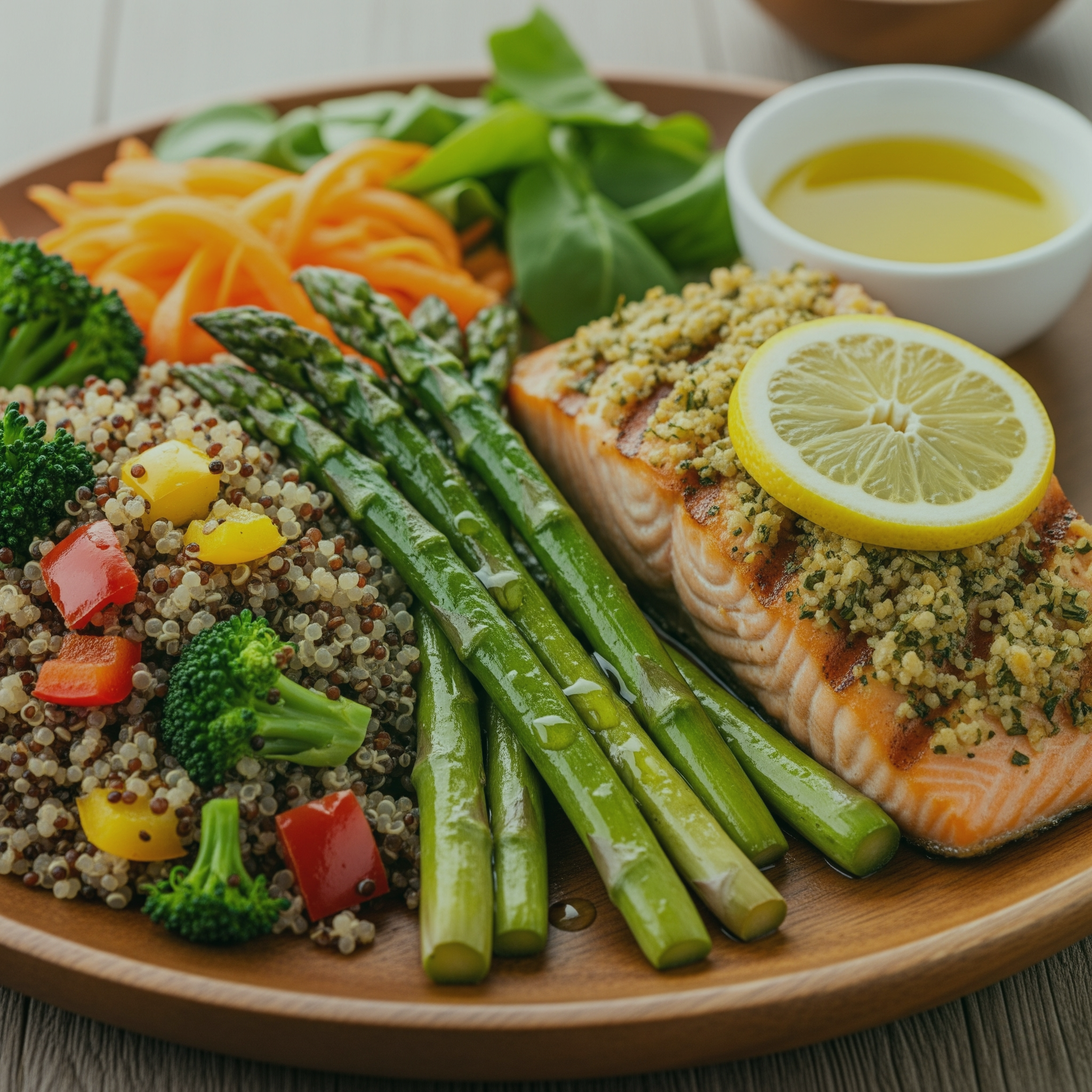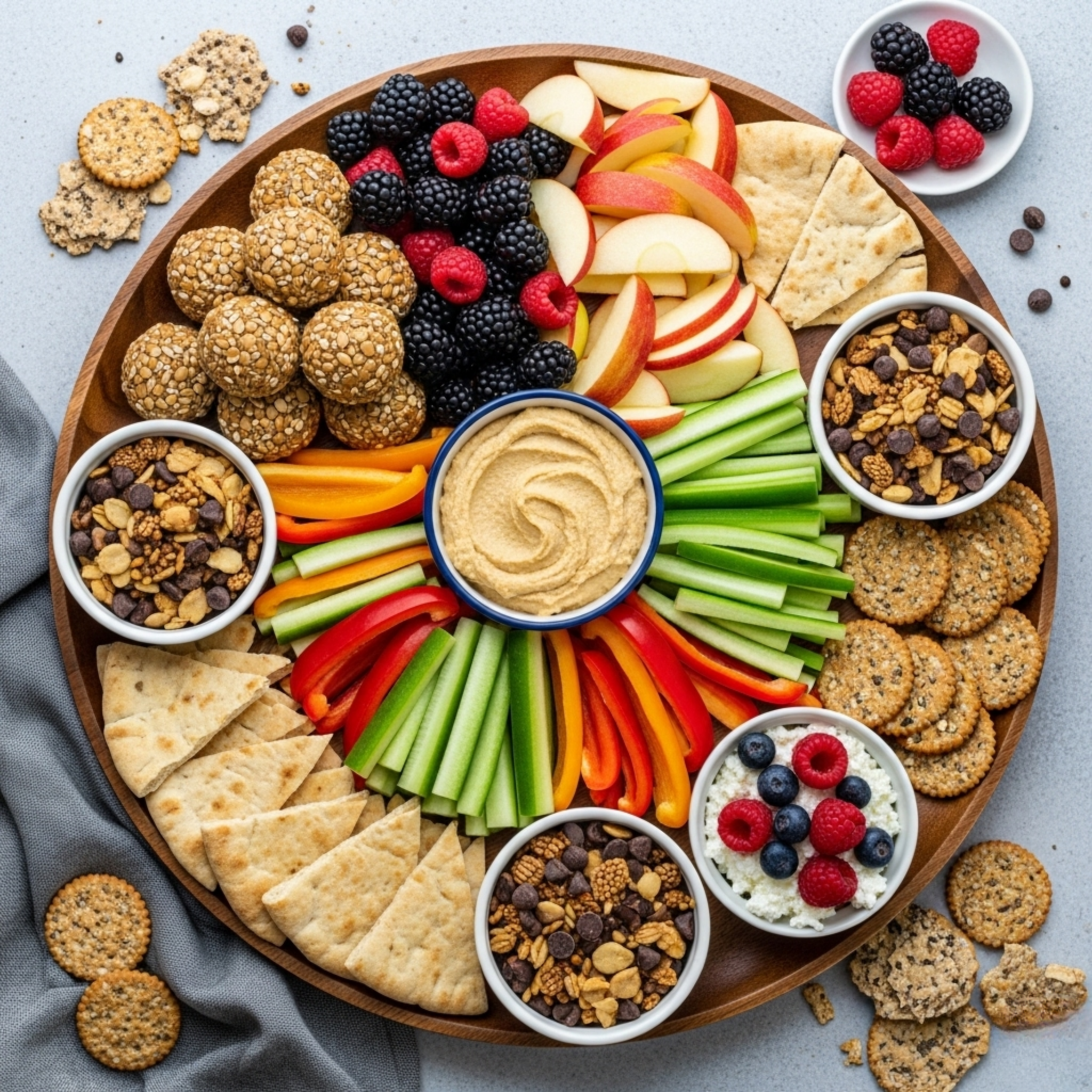In This Article
Mindful eating isn’t just about choosing salad over fries or cutting sugar out of your diet. It’s about something deeper—something that starts with awareness, curiosity, and compassion. It’s the decision to stop fighting your body and instead start listening to it.
In a society obsessed with food rules and the number on the scale, mindful eating dares us to trust our instincts. This practice doesn’t offer a quick fix or a 7-day cleanse. Instead, it offers freedom—freedom from guilt, obsession, and constant comparison.
“A healthy relationship with food is one that’s flexible. It bends with your life. It doesn’t make you feel guilty or ashamed.”
This line serves as the heartbeat of mindful eating. It's a direct call to dismantle the systems that make food feel like the enemy and to invite grace into our plates. Flexibility, after all, doesn’t mean chaos—it means knowing you can pivot without punishing yourself.
This philosophy challenges the norm. It invites us to drop the rigid rules and relearn what it means to eat—not to control our bodies, but to care for them.
In this article, we explore a thoughtful interview with Maddie Deakin, a registered nutritionist who sheds light on the deeper meaning of mindful eating. Through her insights, we uncover how this powerful practice goes far beyond food trends and dieting—and instead helps us rebuild a healthier relationship with food, grounded in self-awareness, compassion, and trust.
Why mindful eating is not about weight loss
Mindful eating has often been twisted into another tool for weight loss. But that’s not its essence. It’s not about counting calories or eating less. It’s about reconnecting with your physical hunger cues, listening to your body and your body's signals, and responding with care rather than control.

Too many people come into mindful eating hoping to drop pounds. Many expect to have lost weight simply by practicing mindful eating, but that's not always the primary outcome. But when we approach mindful eating as another strategy to shrink ourselves, we strip it of its healing power.
“People think mindful eating means letting go of health values. But actually, one of the best ways to become healthier is to improve your relationship with food.”
This statement reframes the goal—not to become smaller, but to become more in tune. Instead of obsessing over restriction, mindful eating leans into compassion. Unlike traditional diets that focus on rules and deprivation, mindful eating encourages a more sustainable and enjoyable approach. It’s not a way to bypass health, but to finally define it for yourself.
Eating with awareness isn’t a trick to eat less. It’s a pathway to eat fully—physically, emotionally, socially. It’s not just about the food on your plate, but the thoughts in your head when you sit down to eat.
When we practice mindful eating with genuine intent, we stop measuring our worth in bites. Mindful eating is about changing eating behaviors and building a healthier relationship with food, rather than focusing solely on weight loss. We begin to understand that fullness isn’t a failure—and hunger isn’t something to suppress.
How diet culture distorts our relationship with food
From fitness influencers to macro calculators, modern life is filled with external voices telling us how to eat. Eating behaviors are shaped by decades of rules, fads, and fear. And most of it is rooted in diet culture.

We’ve normalized obsession. Tracking every bite. Feeling guilty after a meal. Skipping food groups in the name of “discipline.”
“Crash dieting, calorie counting, and constantly weighing yourself—they seem normal at first. But they quickly become obsessive.”
This observation gets to the heart of the issue. What begins as a health goal morphs into a mental prison. Diet culture teaches us to distrust our bodies and glorify struggle.
Social media only magnifies the issue. Highlight reels filled with curated meals and filtered bodies make us question our every food choice.
“We compare our bodies to people whose full-time job might be to look a certain way. But we don’t know their blood work, their actual food choices, or their relationship to food.”
These reminders peel back the illusion of online health. Just because someone appears well doesn’t mean they’re thriving.
What we rarely see are the struggles. The restrictions. The cycles of binge and guilt. The obesity epidemic is fueled by diet culture and disordered eating patterns, highlighting the urgent need for healthier approaches to food and body image.
Mindful eating strategies offer an alternative—a chance to turn inward, to focus on internal and external cues from our own body instead of the algorithms of wellness culture. Mindful eating also focuses on awareness and self-compassion, helping us build a healthier relationship with food.
The emotional layers of food

There’s a reason we turn to food in times of stress. It’s not just about physical hunger—it’s about comfort, memory, and connection. That’s not weakness. That’s biology.
“Food is emotional. It always has been.”
This isn’t just a statement—it’s a truth baked into human history. Food has always marked celebration, grief, transition, love. Ignoring that reduces eating to fuel, when it’s so much more.
Think about your childhood. Your birthday cake. Family dinners. Late-night snacks after heartbreak. Food is woven into how we process life.
“If you were breastfed or bottle-fed, you were likely held by someone you loved. That trust-building moment becomes emotional—and it carries through our lives.”
Here, we see food not just as sustenance, but as our earliest form of relational trust. It’s no wonder comfort food feels like safety. Comfort foods often provide emotional relief during times of psychological distress, especially when we face stress or isolation.
Still, when emotional eating becomes the only coping tool, we can get stuck in a loop. That’s where mindfulness practices help—not to eliminate emotion from food, but to expand our awareness of it.
When you feel the urge to eat, pause. What are you feeling? Sadness? Loneliness? Boredom? Sometimes, psychological distress can drive emotional eating. Ask yourself: Do I need food right now, or something else?
There’s no shame in comfort. But mindful eating offers a way to comfort yourself with food—without disconnecting from your body.
What hunger really feels like (and how we miss it)

Many of us don’t even know what hunger feels like anymore. We’ve overridden our physical cues for so long, we wait until we’re starving—or ignore it altogether.
“Stomach rumbling is actually a late sign of hunger. The early signs might be irritability, low focus, or a dip in mood.”
That’s the part we forget: hunger starts quietly. If we only respond when our stomach screams, we’re already late. We’ve already gone too long.
Distracted eating and years of dieting have conditioned us to silence our needs. Often, food is eaten quickly or without awareness, making it harder to notice hunger and fullness.
But mindful eating practices help us relearn them.
Eat slowly. Pause between bites. Put your fork down between bites. Tune into how your body feels before, during, and after you eat.
These small practices help you catch hunger when it whispers—not when it’s screaming.
And just as important: learn what satisfaction feels like. Not stuffed. Not still hungry. Just… enough. Recognizing your satiety cues is key to avoiding overeating and helps you stop eating when you are comfortably full.
The dangers of mindless eating

It’s easy to slip into mindless eating—grabbing snacks while scrolling your phone, finishing a meal without remembering the taste, or eating just because food is there. When we eat without paying attention to our physical hunger cues or our emotional state, we disconnect from our bodies and our needs.
This kind of eating behavior can quietly shape our eating habits over time. We may find ourselves eating past fullness, reaching for food out of habit rather than hunger, or using meals to distract from uncomfortable feelings. The result? Overeating, unwanted weight gain, and a higher risk of chronic health issues like diabetes and heart disease.
But the impact goes deeper. Mindless eating erodes our relationship with food and makes it harder to recognize when we’re truly hungry or satisfied. We lose touch with the signals our body sends, making it challenging to respond to physical hunger in a healthy way.
How to build trust in your body again
Here’s the truth: at first, you might eat more. You might reach for foods you previously labeled “bad.” You might feel out of control.
That’s part of the process.
“You might binge at first when you give yourself permission. But that’s part of the process. The more you trust your body, the less extreme your responses become.”
This speaks directly to one of the biggest fears: what if I never stop eating? But here’s the truth—restriction fuels the binge. Permission calms it.
Binge eating often stems from restriction—not indulgence. When the body believes it won’t get fed again, it panics.
But the more consistently you eat, the more calmly your body responds. Cravings settle. Obsessions fade.
That’s the magic of mindfulness based interventions. They don’t tell you what to eat. They help you listen. Developing mindful eating habits through these interventions can support long-term weight management by encouraging a healthier relationship with food and reducing overeating.
Learning to stop eating when you’re full, to eat mindfully when you’re hungry, and to trust your choices again—it’s not instant. But it’s deeply powerful, and mindful eating habits can help sustain these positive changes over time.
Social eating, spontaneity, and letting go of control

Let’s face it: food isn’t always predictable. Plans change. Friends order pizza. A coworker brings cookies. Life happens.
And if you panic every time your plan shifts, your “healthy habits” aren’t really healthy.
“If you have a healthy diet but can’t eat out with friends, can’t have a picnic, or can’t eat spontaneously, that’s not really healthy.”
This quote reframes what real health looks like—not just food on your plate, but your relationship with spontaneity.
Control feels safe. But it’s also exhausting.
Mindful eating teaches you to trust yourself in any setting. You learn to show up for the present moment—not your food tracker. When you are focused on the eating experience, you enhance your enjoyment and satisfaction with meals.
You get to say yes to dessert without guilt. You stop seeing meals as “good” or “bad.” And you start making food choices from a place of self-respect, not fear—a positive eating experience is about presence, not perfection.
Why kids need mindful eating, too

Children absorb food attitudes early. From “finish your plate” to “you can’t have dessert until you eat your veggies,” the language adults use around meals has lasting impact. These rules may be well-intentioned, but they often suppress a child’s ability to hear their physical cues.
“Kids are born intuitive eaters. But they lose that when we force them to override hunger or fullness.”
Mindful eating for children means creating a safe, consistent environment. It’s about helping them stay connected to their internal signals and not associate eating with performance or behavior.
“When a child says they’re full and we say ‘just a few more bites,’ we’re teaching them to ignore their body.”
Letting children eat intuitively doesn’t mean unlimited cookies—it means respecting their natural appetite and modeling curiosity and conscious eating. Teaching mindful eating can start with one small bit at a time, such as noticing how a single bite tastes or how their body feels after eating. Ask them how food makes them feel, rather than assigning labels like “healthy” or “junk.”
When we teach kids to listen early, we raise adults who trust themselves at the table.
Practical ways to start mindful eating

If you’re new to mindful eating, the concept may feel vague. But there are real, actionable ways to begin.
Start with presence. Before meals, take a few deep breaths. Ask yourself if you’re truly hungry, or if something else is happening—stress, boredom, habit. Incorporating a simple mindfulness practice, such as a short meditation before eating, can help you build awareness and set the tone for a more mindful meal.
Choose a meal to eat without distractions. No phone. No emails. Just you and the food.
Notice flavors, textures, and satisfaction levels. Slow down and try to eat slowly. It’s not about perfection—it’s about paying attention.
Maddie also suggests using a hunger-fullness scale from 1 to 10. Ask yourself where you are before and after a meal. This builds awareness over time.
“You can journal your eating experiences if you want, but don’t turn it into another rule. Let it be a reflection, not a measurement.”
Remember: this isn’t about restriction. It’s about practicing mindfulness during eating so that meals nourish more than just your stomach. Short meditations and regular mindfulness practice can reduce emotional eating and foster a greater sense of presence at the table.
What science says about mindful eating

Mindful eating interventions have been studied across a wide range of populations—from young adults and people with eating disorders to overweight and obese women. And while results vary, the common thread is clear: improved awareness often leads to better choices, reduced binge episodes, and a stronger relationship with food.
A 2023 meta analysis showed that mindfulness-based approaches consistently improve eating behaviors and emotional regulation. People report feeling less guilt and more peace at mealtimes.
Clinical trials even show promise for diabetes self management intervention through mindful eating, particularly when combined with mindfulness based interventions.
Despite these positive findings, additional research and future studies are needed to standardize mindful eating protocols and assess their long-term outcomes across diverse populations.
“We’re seeing how slowing down and tuning in can affect everything from digestion to hormone regulation. The central nervous system responds differently when we’re present.”
Unlike traditional dieting, which often leads to rebound effects, mindful eating is sustainable. It encourages people to check in, not check out. And that’s a major shift.
ALSO READ: Your Hormones and Weight Loss: How to Find Balance – Whole Living Wellness
The long road ahead — and why it’s worth it

Let’s be honest: this is not a one-week solution. It’s a long, nonlinear path. But the results—peace, self-trust, joy—are worth the time.
You will have days when you slip into mindless eating or feel guilt creep back in. That’s part of being human.
“It’s not about doing it perfectly. It’s about coming back to your body, over and over again.”
If you’ve spent years disconnected from your hunger, chasing weight loss, or battling guilt, mindful eating might feel uncomfortable at first. But discomfort is not danger. It’s growth.
By developing mindfulness, by respecting physical sensations, by exploring eating experiences instead of controlling them, we get to rewrite the script.
Not just for ourselves—but for the next generation.
Mindful eating isn’t a rulebook. It’s a relationship. And like all relationships, it thrives on presence, curiosity, and compassion.

 Reviewed by Author:
Reviewed by Author:




